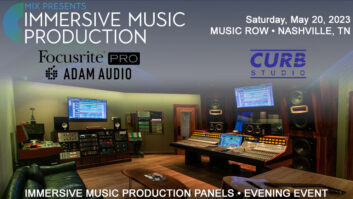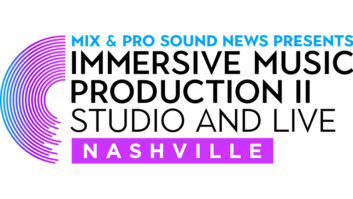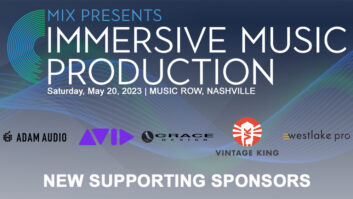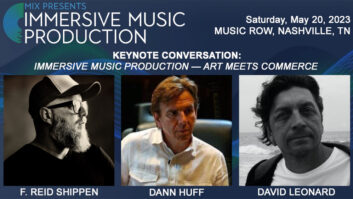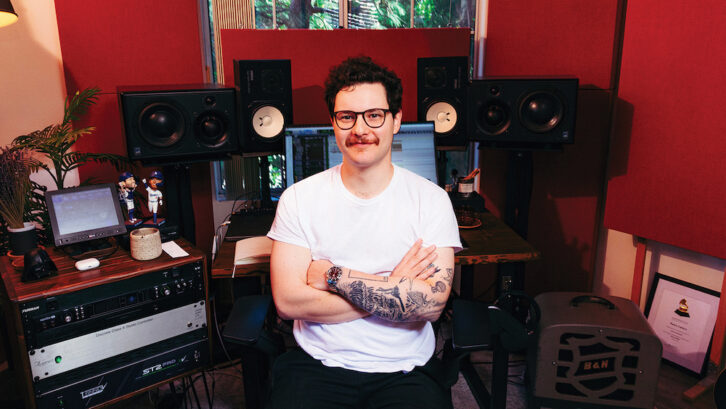
Los Angeles, CA (March 6, 2023)—It took a village—Village Studios, to be precise—to help set engineer and multi-instrumentalist Pedro Calloni on the road to a successful career in the record business.
A native of Brazil, Calloni was awarded a scholarship in 2014 to attend Boston’s Berklee College of Music, where he graduated with a bachelor’s degree in music production and engineering. Relocating to Los Angeles, he signed on as a staff engineer at Village Studios, working on Grammy-nominated and Platinum- and Gold-certified hits by the likes of Lil Jay, Cordae and the Dave Matthews Band.
“I have the best memories from working there; I still love it so much,” says Calloni, who left the Village in 2019 and set up a home studio to work as a freelance mixer and engineer. He’s since worked on two albums with Sasha Alex Sloan (he’s playing drums with her at Coachella this year), several tracks with Joy Oladokun, alongside Grammy Award-winning producers Ian Fitchuk and Mike Elizondo, as well as her collaborations with Chris Stapleton, Sheryl Crow and Maren Morris, plus projects with Finneas, Lexi Jayde and Baby Fisher.
Las Vegas’ Studio DMI Unveils Immersive Mix Room
In 2021, as Dolby Atmos Music began surging, Calloni says, “I figured I’d get ahead of it and started messing around with it at home.” His initial Atmos mixes included Gayle’s international chart-topper “abcdefu” and singles by Keith Urban—his Gold-certified “Throw It Back”—and by Breland.
He builds an Atmos mix on headphones at home before moving to one of the Village’s immersive rooms. “I want to focus on the headphones because 99.9 percent of people are going to listen like that,” he says.
Overall, Calloni stays true to the stereo mix: “I don’t want people to hear the mix; I just want them to hear the song. You’re not going to hear some crazy thing in the back.”
The challenge, though, is reproducing what mix bus processing brings to a stereo mix— groove, feel, emotion. He’s working on that, he reports. “I’ve been experimenting with stuff that I mixed in stereo where I’m going to be doing the Atmos mix,” he explains. “I’ll print a version of my stereo mix minus the things that I want to pan around. I’ll have that version of the mix as an object in front because that has all the cool, gooey, mix bus stuff. Then I spread out the key elements, so I get the best of both worlds.”




